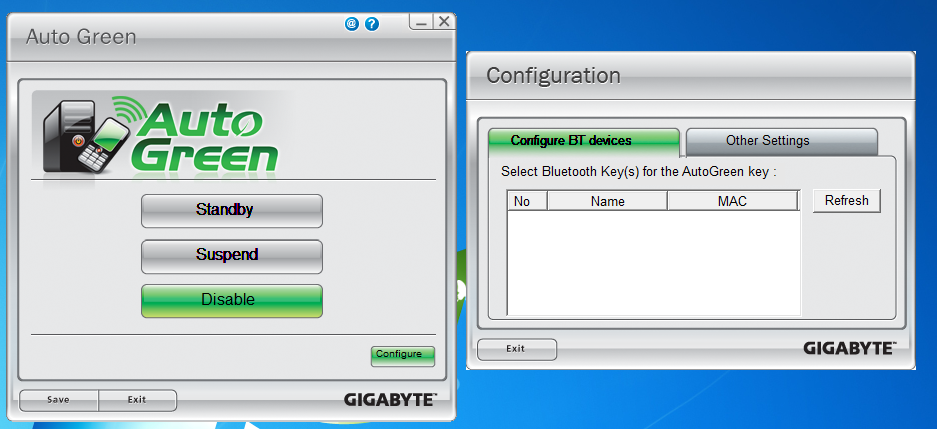Reading time is around minutes.
The Test System and Comments -
Our test system is built on an open bench. This has two effects on testing. First it allows us to see everything and also to setup and disassemble the test rigs quickly. Second it means that we cannot gauge the potential air flow found in a normal case. The air is pretty stagnant; some may say this is a great neutral testing method and it can be. However, it does mean that the temperature reading taken off of the components are not accurate to what an average consumer would see. This means that your thermal performance will vary from what we see here. As with most modern motherboards the Z77X-UD3H was simple to get set up and running. The installation of Windows 7 x64 Ultimate was fast and went by without any issues. We did have some problems getting all of the utilities to install especially the Intel Rapid Start and Smart Connect features. It took a few tries to get them operational even using the EZ Setup for those features. We did finally get them running, but to tell the truth we did not see any improvement from Rapid Start and we were not able to run Smart Connect long enough to see anything happen with it. 
The mSATA port was also put to the test. This is a nice feature that Gigabyte has thrown in, but it has limited usability in this market. Buying an mSATA SSD will run you around $200 (depending on capacity), but as the port is only SATA II it is not going to be as fast as picking up a SATA III 2.5-inch SSD and just using that. Even a 240GB SATA II SSD would be a bigger benefit than using the mSATA port at this time. Sure you could use it as a caching module, but it is not going to get you that much of a performance boost so for right now, it is not worth the cost to utilize this feature. Fortunately Gigabyte’s inclusion of this port did no0t add much to the retail cost of the board so you are not losing anything there.
Performance testing overview -
Our testing is a little different than most. We combine both synthetic and real-world applications to simulate the types of performance common to the individual products. For motherboards this means that we run roughly six synthetic tests and two real-world. We will be expanding the real-world testing in the near future. But there is more to performance than just the raw numbers. As there are multiple components and sub-components on a motherboard there each item can have a distinct impact on the way the product will perform once you get it in your system. It is important to note not only the actual results but what they mean to you as a potential consumer. We will try to give this information to you.
But we do not just cover the performance aspects that are measurable. We also talk about the components that might not have a direct benchmark. These are items like Audio Quality, ease of use and installation.
